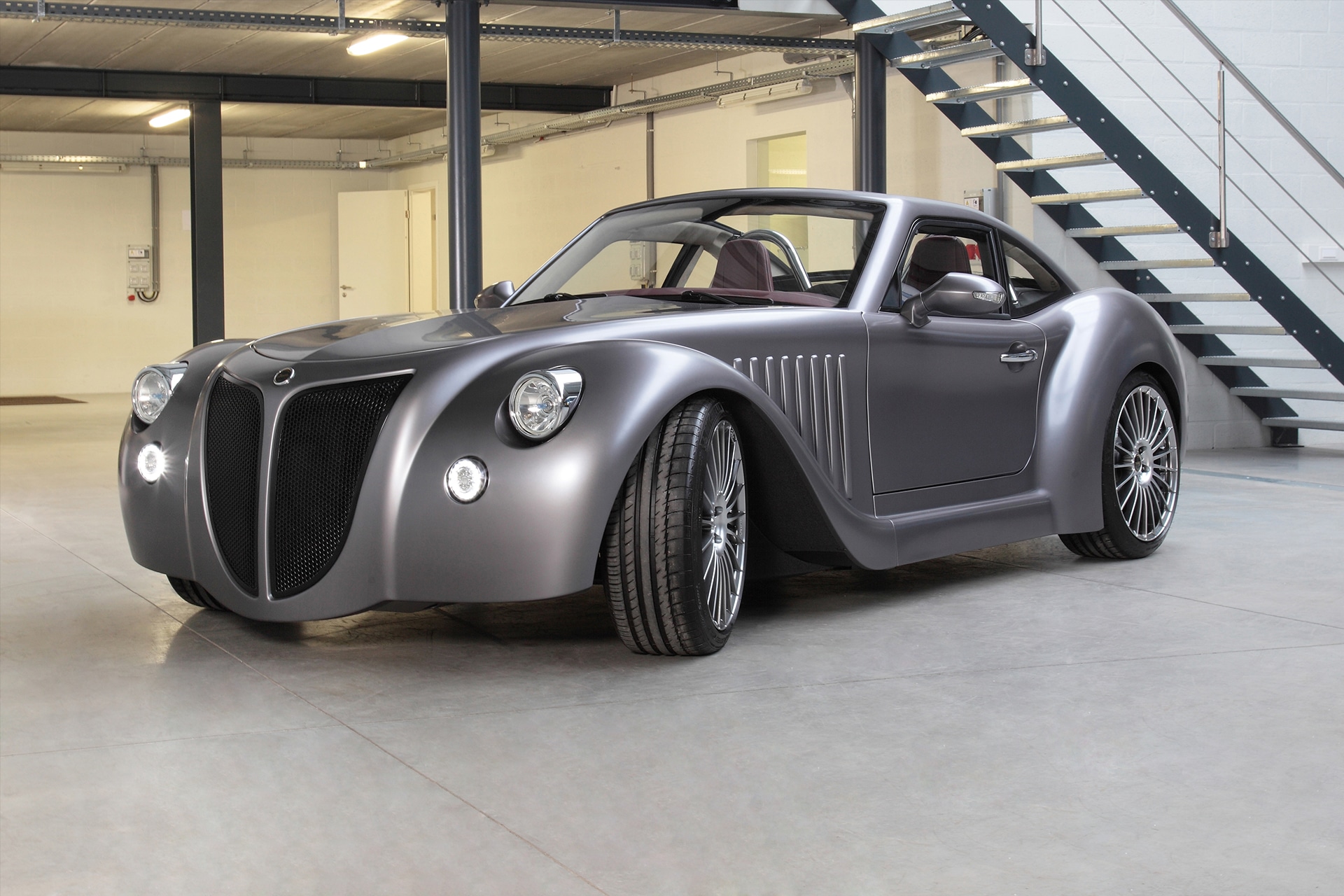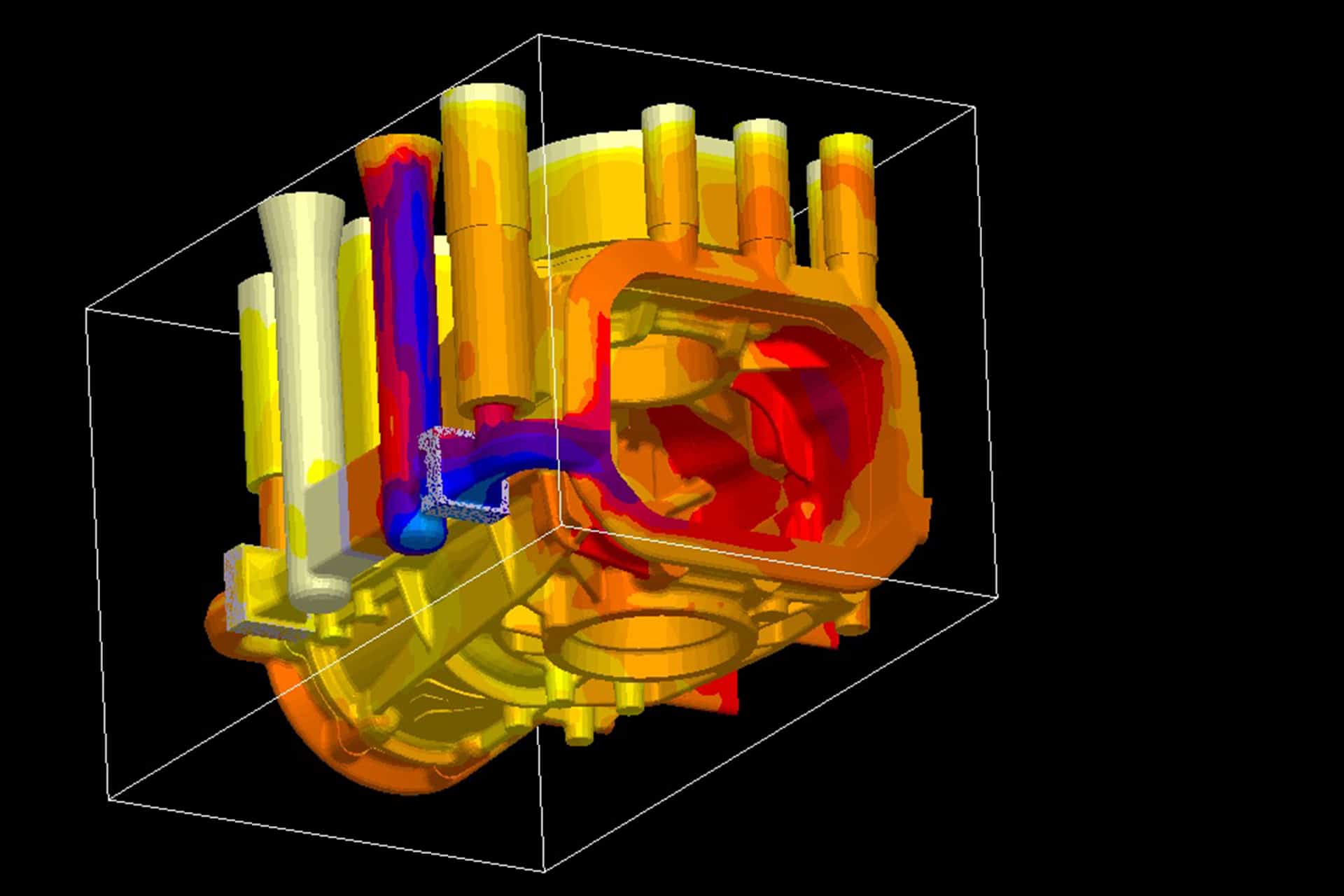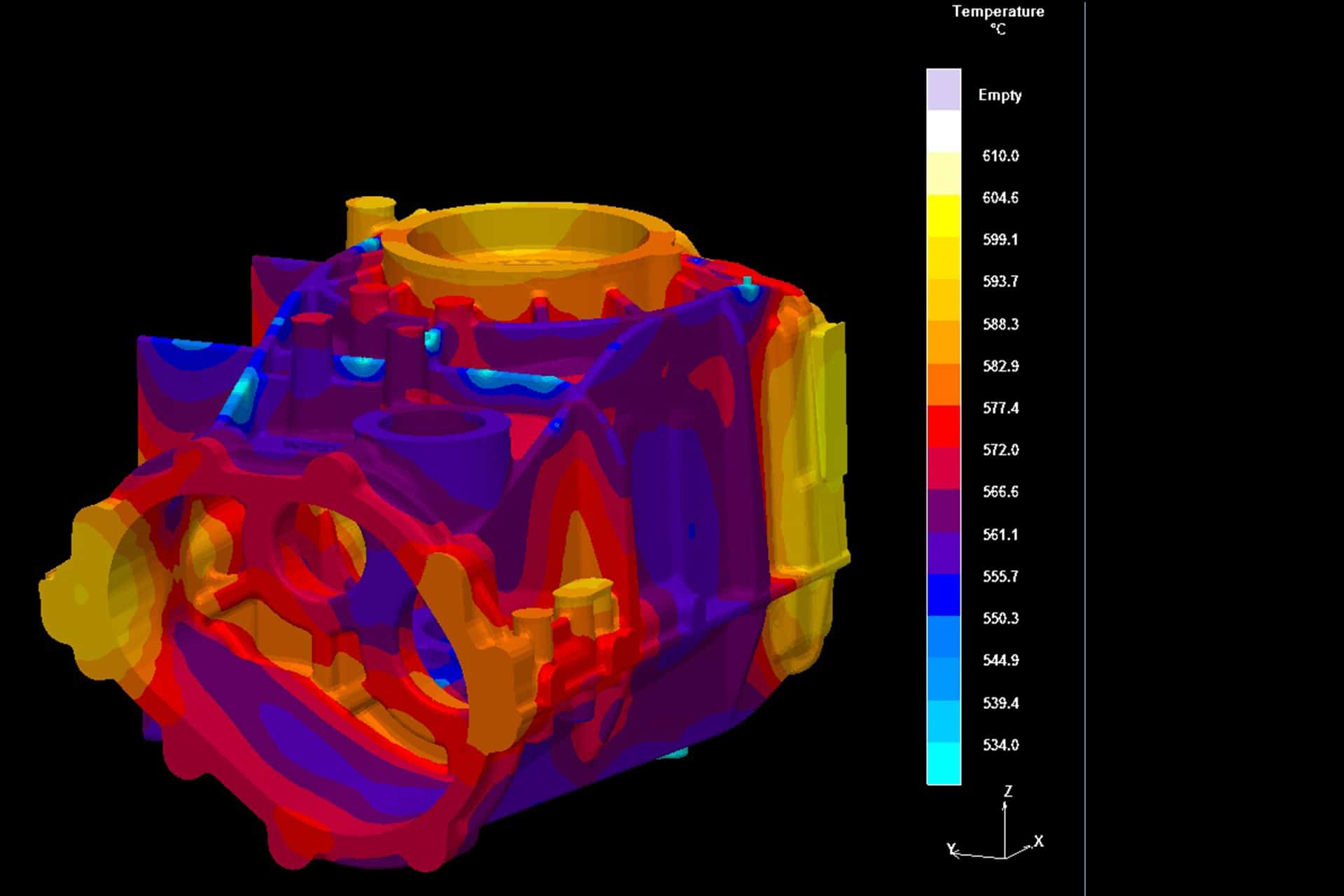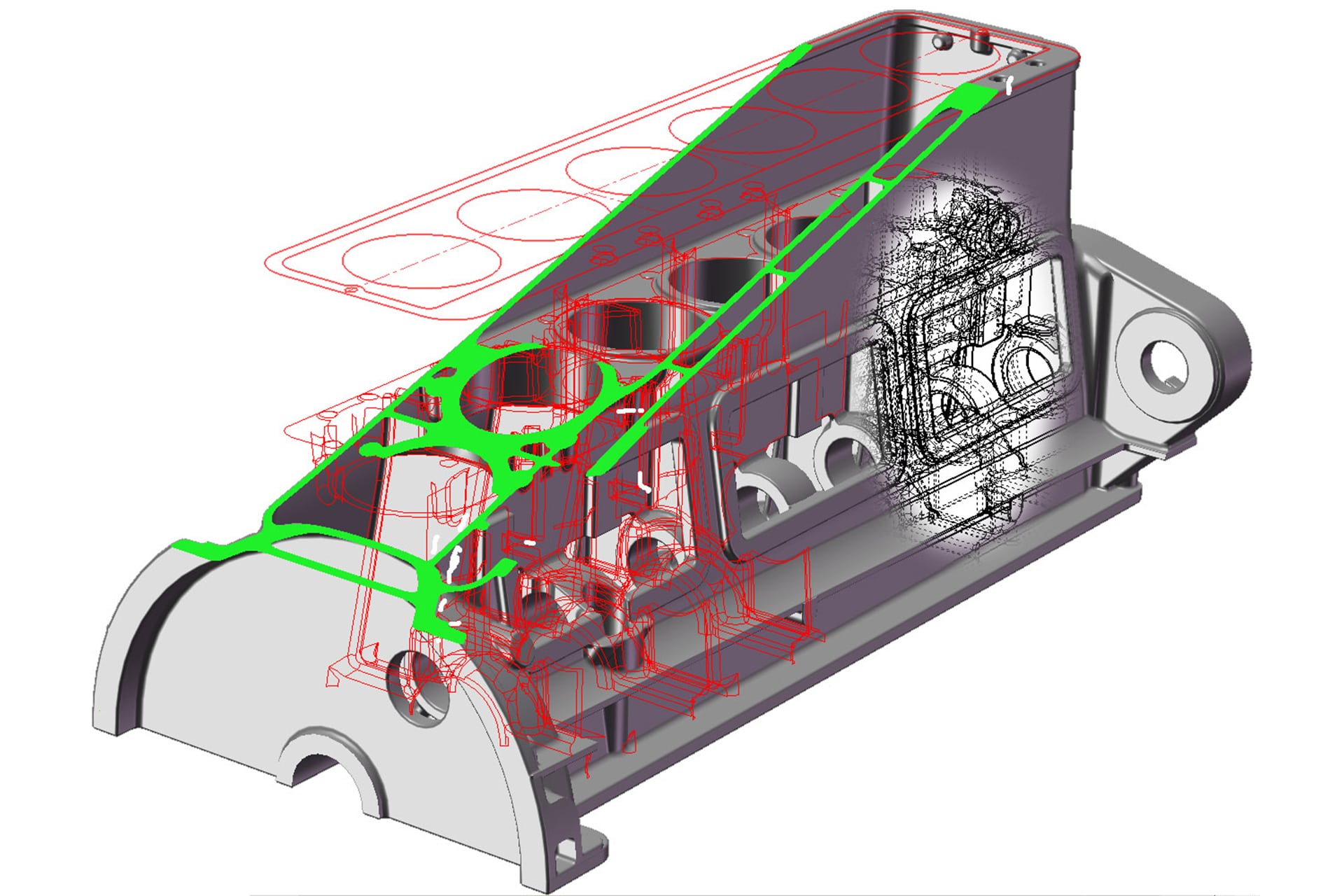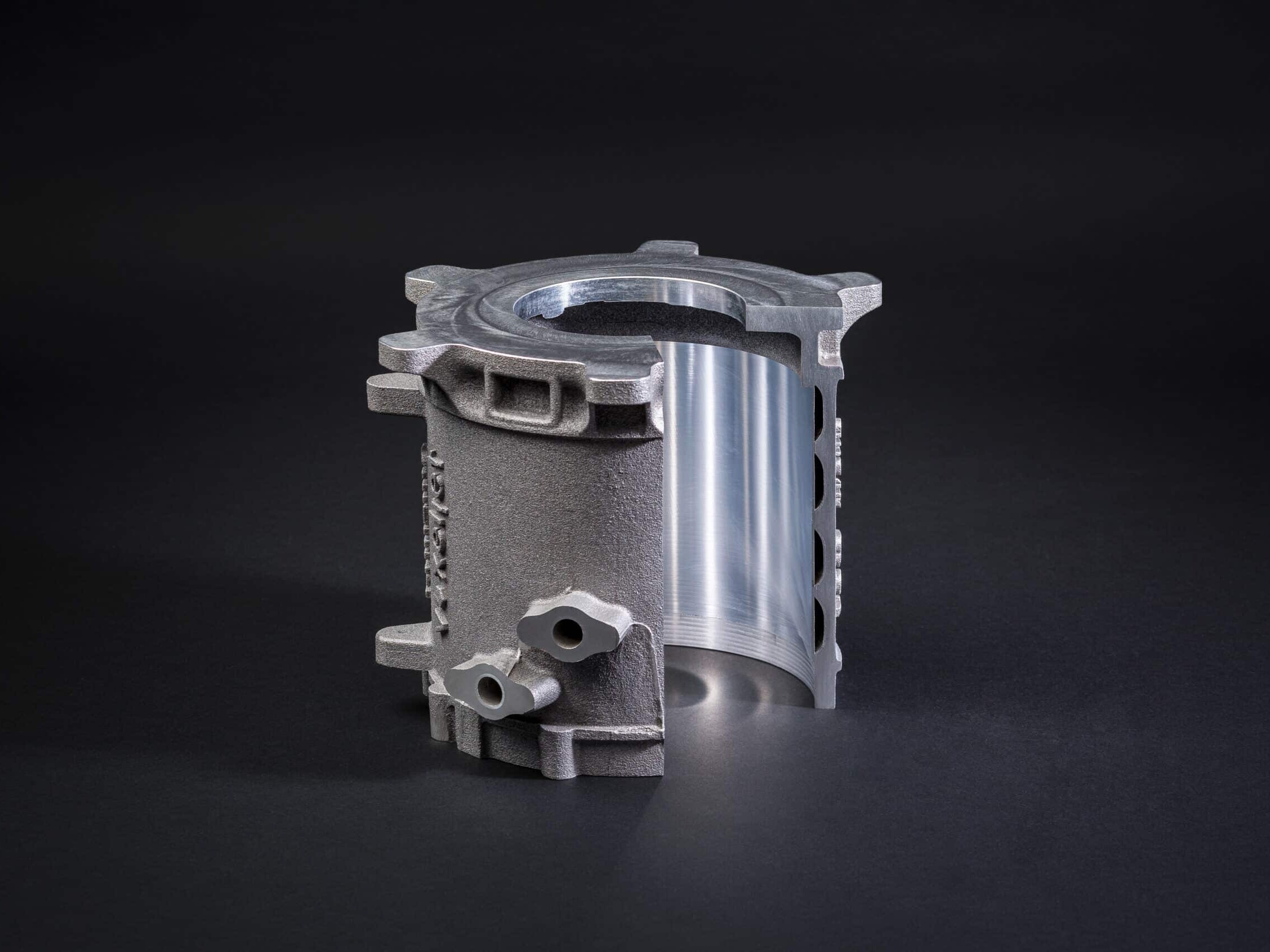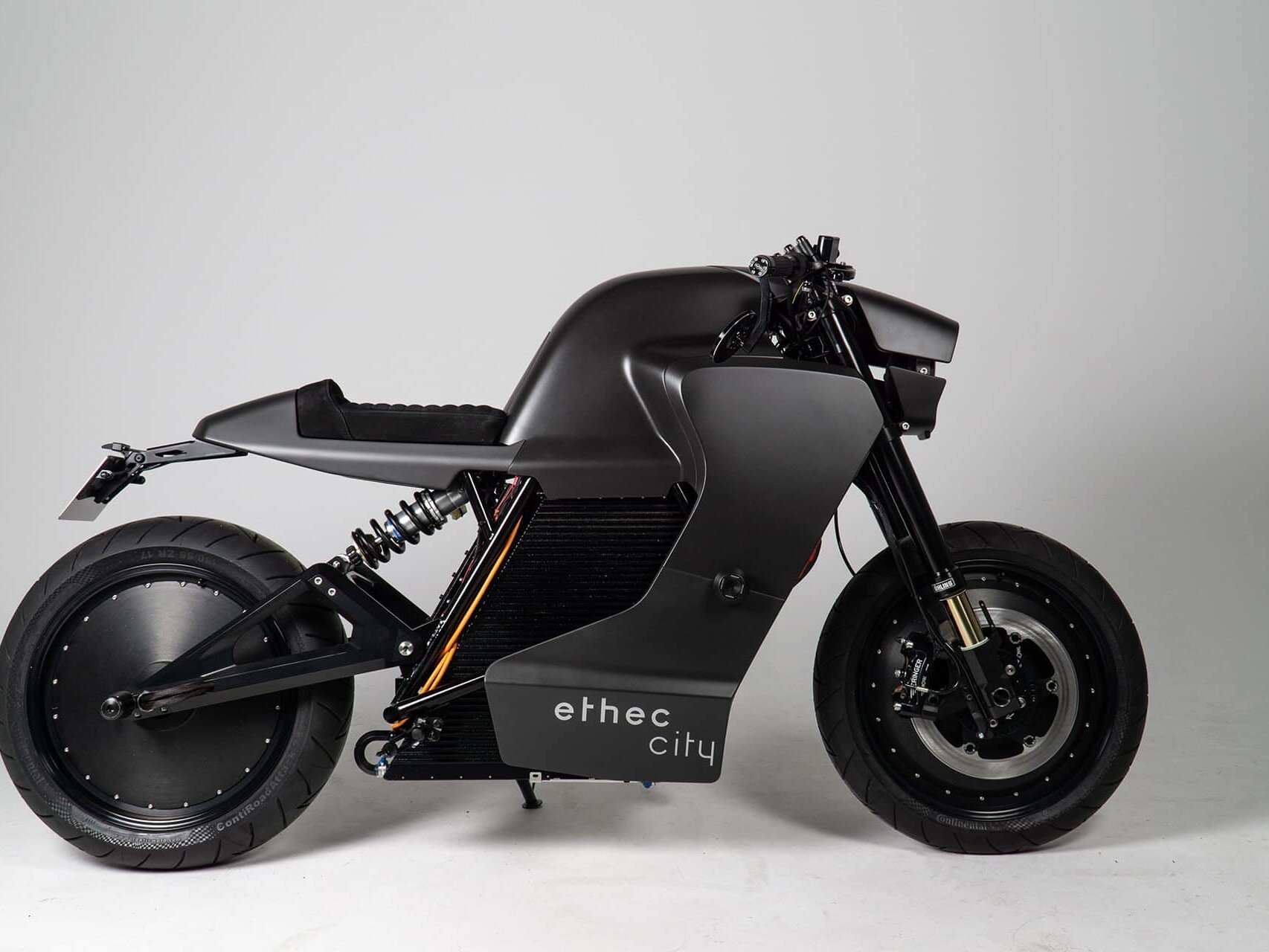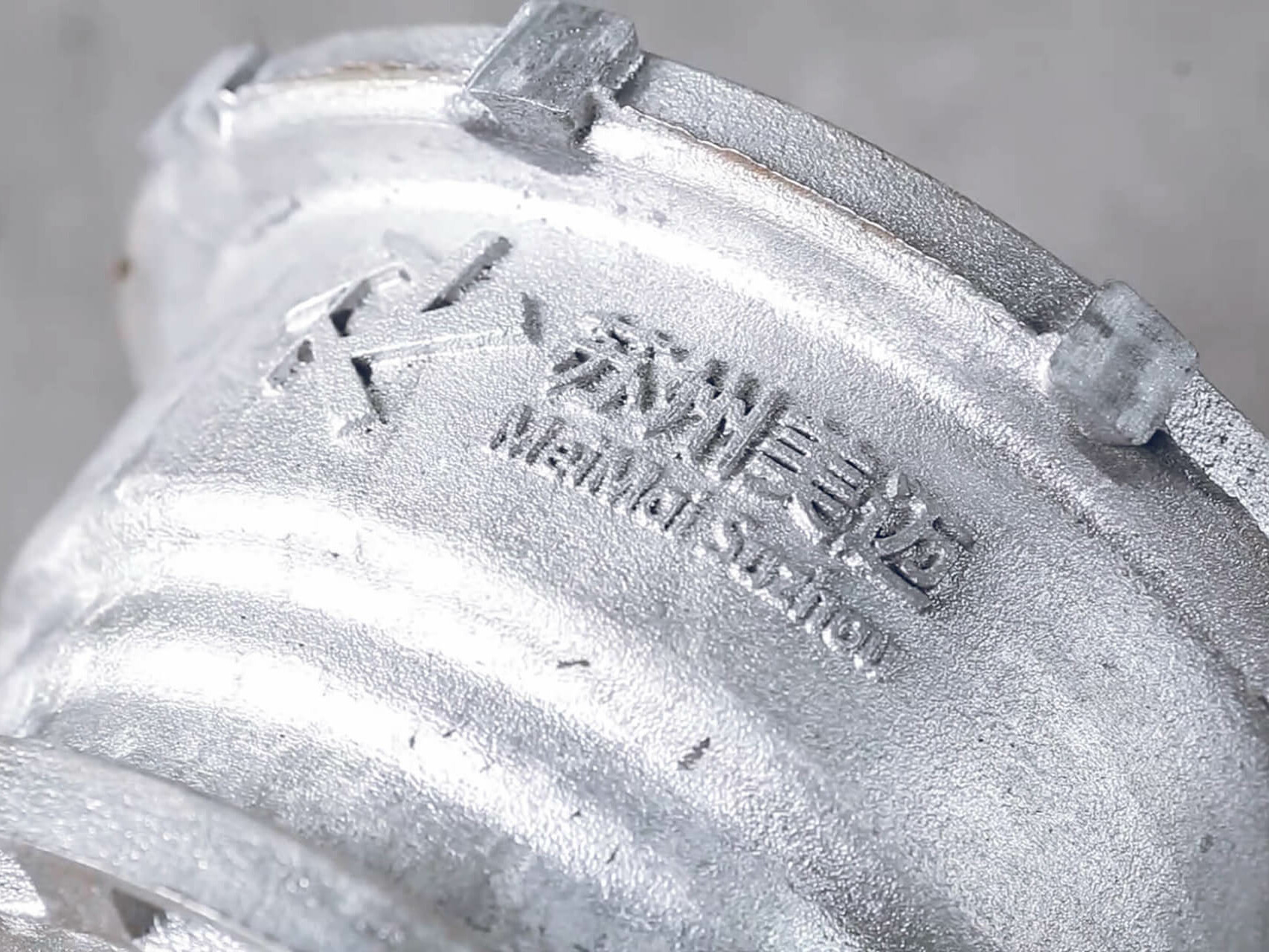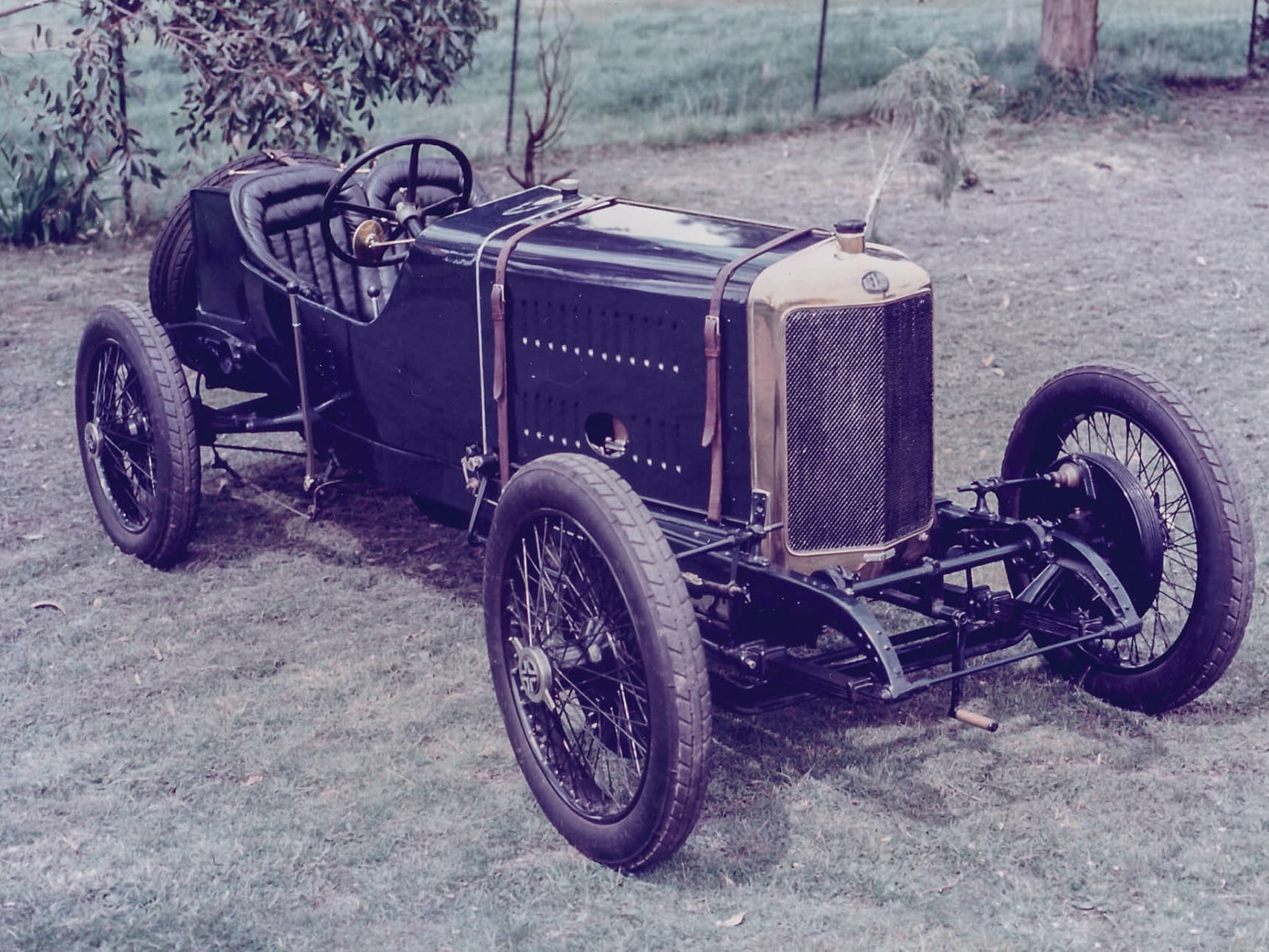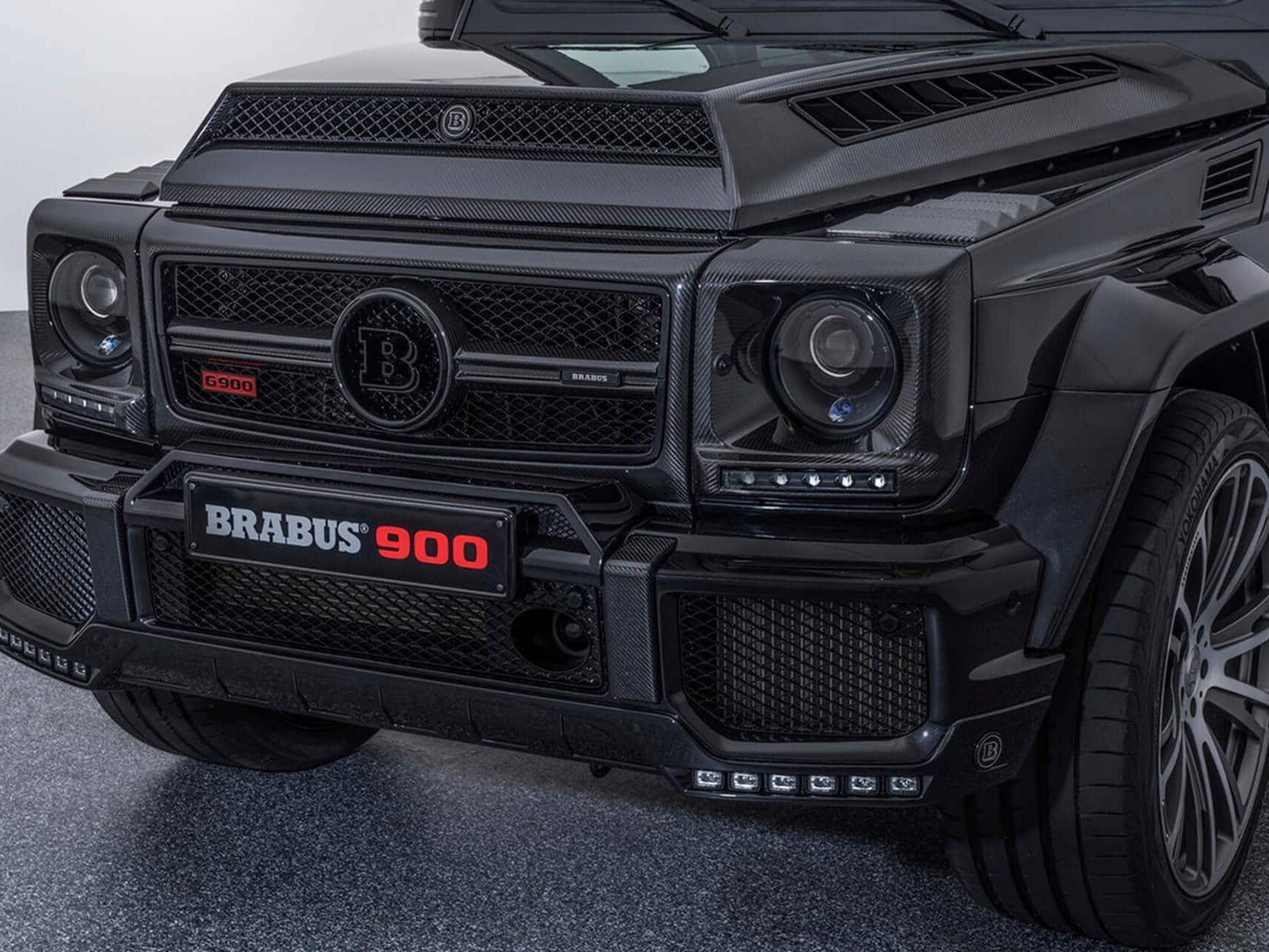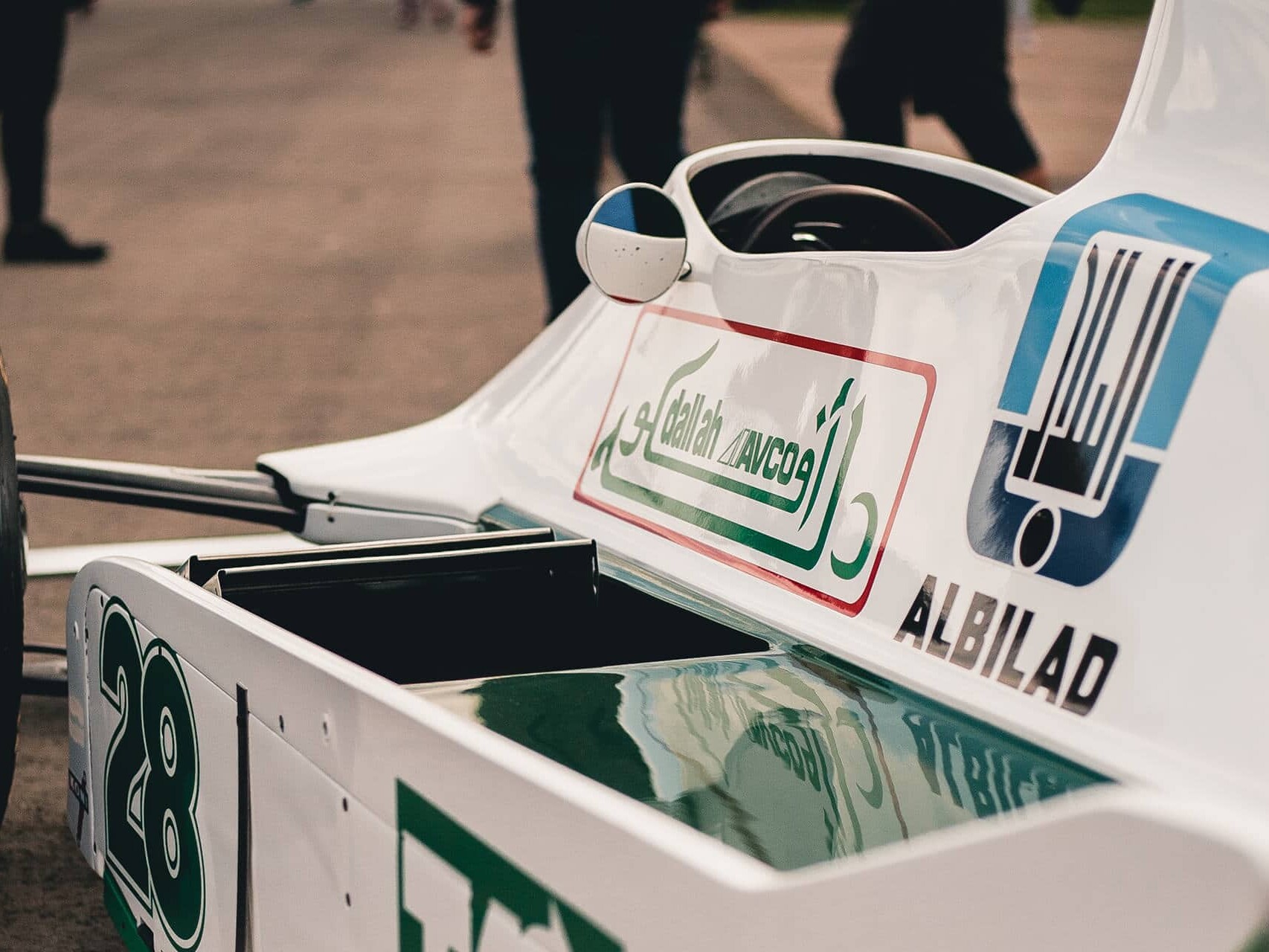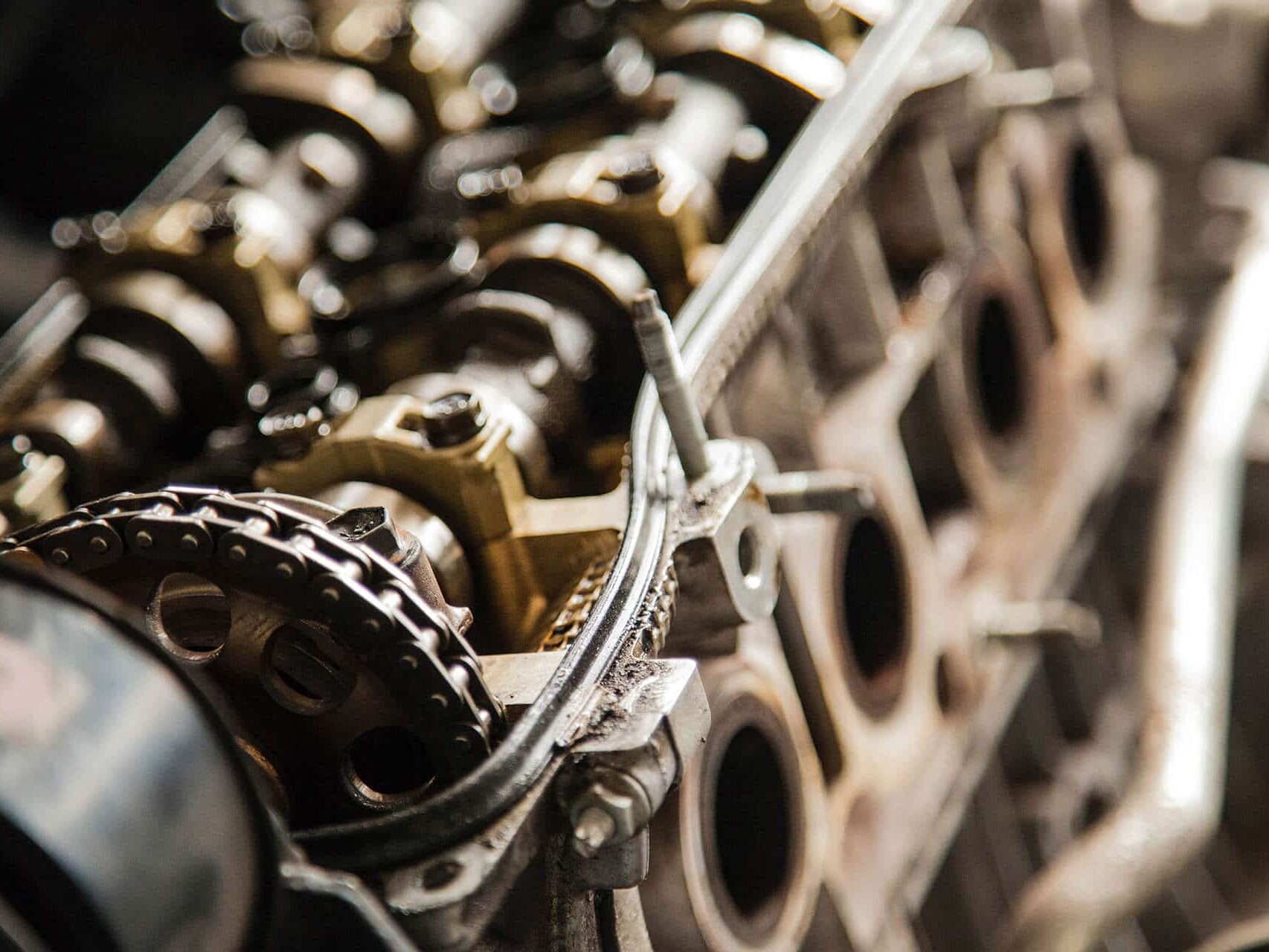- Home
- Case Studies
- Automotive
- 3D Printing in Reverse Engineering
3D printing in reverseengineering from engineoverhaul to repair
In the classic car sector, more and more spare parts are being manufactured without tools using modern measuring technology in combination with 3D printing. Our “Binder Jetting” processes offer the decisive economic advantages.
This is because conventional production – especially of individual parts – often takes too long and causes high costs. With the help of the combination of scanning and printing technology, spare parts can be produced again quickly and cost-effectively.
Valuable classic cars can be repaired and maintained with new parts. voxeljet supplies classic car enthusiasts with cast spare parts and manufactures individual parts for racing. Automotive customers also benefit from rapid manufacturing: exclusive special series are produced quickly and cost-effectively.
Reverse Engineering of a Imperia GP Roadser
There will be a little bit of voxeljet Binder Jetting 3D technology in every Imperia GT retro-roadster. Using trend-setting hybrid technology, this Belgian eco-sports car combines pure driving fun with a clear conscience. A hybrid engine with 350 HP and outstanding torque helps the Imperia achieve the driving values of a super sports car. It only takes four seconds to accelerate from 0 to 100 km/h. And that’s only the beginning: The roadster also boasts sensationally low levels of CO2 emissions at 50 grams per kilometer.
The firm behind this technical innovation is Lüttich-based Green Propulsion, which has already brought several hybrid vehicle concepts to series readiness. For marketing the new roadster, the three company founders Yves Toussaint, Nicolas Naniot and Bernard Loly resurrected the Belgian automobile brand Imperia, which produced a vehicle with a fuel-electric motor as early as 1907. The Imperia GP Roadster is the resurrection of a legend with entirely new technology. It derives its power from a 1.6 litre turbo gasoline engine with 200 HP, and an electric motor with an output of 150 HP. It also features an in-house developed gear unit with 4×2 gears. The production of the gear unit required some creativity, given the lack of large-series products available from suppliers’ shelves. But anyone developing innovative vehicles also knows a few innovative development partners. Hence the Imperia developers turned to French foundry Sicta, which specialises in the production of aluminum die casting prototypes. It looked to 3D printing as the solution for manufacturing the required sand molds.
After the initial discussions with voxeljet’s service centre, everyone agreed: The Augsburg 3D experts would be the right partner for this ambitious project. Within a few days, a voxeljet high-performance printer created the first 3D sand molds for a prototype gear unit. The quality of the molds fully met the foundry’s expectations, so that Sicta was able to send the first gearboxes to the Imperia team only three weeks after receiving the order. This is a big step towards bringing the legend back to life.
Reverse Engineering of a six-cylinder Hispano engine
The reconstruction of the aluminum engine block of a 76 years old Hispano Suiza K6.Reverse engineering breathes life back into a Hispano six-cylinder engine. Creating something old from something new. It was just what the doctor had ordered, or rather what Carrosserie Lecoq ordered from LF Ingénierie, a small Nice-based company that specialises in state-of-the-art mechanical engineering design and production projects. The challenge presented by the car renovation specialist was to build an identical Hispano Suiza K6 1933 aluminum engine block within only a few months.
Ravaged by the passing of time and successive restoration attempts, restoring the original aluminum six-cylinder block was impossible. In fact, a last attempt using deposition welding was the last nail in the engine’s coffin! The only solution was to build another using the lost wax casting technique.
In less than two weeks, working 15 hours a day, the digital model to be made out of wax was ready. voxeljet France, a specialist in the fast production of prototypes, produced the piece in 48 hours before it was sent to the foundry for coating and immediate casting. Finally, a few days later, the blank was machined in the workshops of LF Ingénierie in Nice. In parallel to the casting process, Alpha Camara also created the production documents for the machining operations, which took place after casting. A small tip from the expert: “I used a simplified model, which is easier to handle in HSMWorks,“ he explains.
The bet was won! “Between the moment the order was received to the block’s delivery, three months elapsed,“ says Alpha Camara. It was just in time to be displayed at the Rétromobile Show last February alongside the restored Hispano.
Reconstructing cylinder heads for prosche Legends
Oftenly special parts like cylinder heads for oltimers are not longer available. In the event of damage, the only remedy is through customized parts reconstruction or reverse engineering, and 3D printing turned out to be the cheapest way. Reconstructing complex components is a challenge for every design engineer, because drawings are not available in most cases and they are not provided by the OEM-manufacturers. In this particular case, the reconstruction of a Carrera cylinder head made of aluminum started with measuring and scanning of the defective head.
Valve guides, seat rings, camshaft bearing, intake and exhaust ducts, cylinder head screws etc. had to be set up as 3D base bodies in a meticulous detailed process. The next step was the transfer to superordinate functional models and the adding of design features from casting technology like site measuring, bevels, and fillets.
After the geometric reconstruction made by the company Retro-Design 3D GmbH from Mössingen, Germany, the production of the sand cores was the next item on the agenda. The project implementation with conventional cores based on core-making tools was impossible for cost reasons. The only solution was creating the cores in a 3D printer.
The order for printing the entire core package with eleven cores in total went to the voxeljet 3D service center in Friedberg which has many years of experience in a project of this kind. Thanks to the excellent printing quality of the industrial 3D printer, it was also possible to outline the thin-walled cooling rib measuring 2 mm without additional supporting structure in the inner and outer cores. The molding was made by a foundry specialized in constructing unique components. The hot isostatic pressing (HIP) treatment led to a tremendous improvement of the mechanical properties, as well as a reduction of pores. The final T6 heat treatment provided the ultimate strength of the cylinder head. The finishing of the components was made on the basis of the 3D CAD files in a 5-axis machining center. After completion, the aluminum cylinder head was ready for assembly.
More Case Studies
3D printing for optimized electric motors
Aiona Cast has filed a patent application to significantly optimize electric motors. The company produced a prototype using 3D printing.
Printed Castings – Optimized housing lets E-Motorcycle Batteries live longer
By using innovative technologies such as 3D printing, the prototype could soon go into series production.
Electric motor housing from the 3D printer
voxeljet 3D printing technology for producing cast parts for electric-mobility
Reverse engineering of a racing engine block
The Binder Jetting technology keeps a classic car on the road
Engine optimization with 3D printing
Vehicle technology manufacturer Lütgemeier increases flexibility and productivity using the voxeljet VX1000 3D printing system in order to supply the high-performance car tuning company Brabus
3D printing and its applications for racing
3D printing provides racing with the ability to quickly complete innovation cycles.
3D Printing and Motor Manufacturing
Additive manufacturing shortens product time in engine construction and offers faster innovation cycles for individual motor components.
3D Printing Solutions
Want to learn more about us and 3D printing? Click here for the entire voxeljet solution portfolio.



















